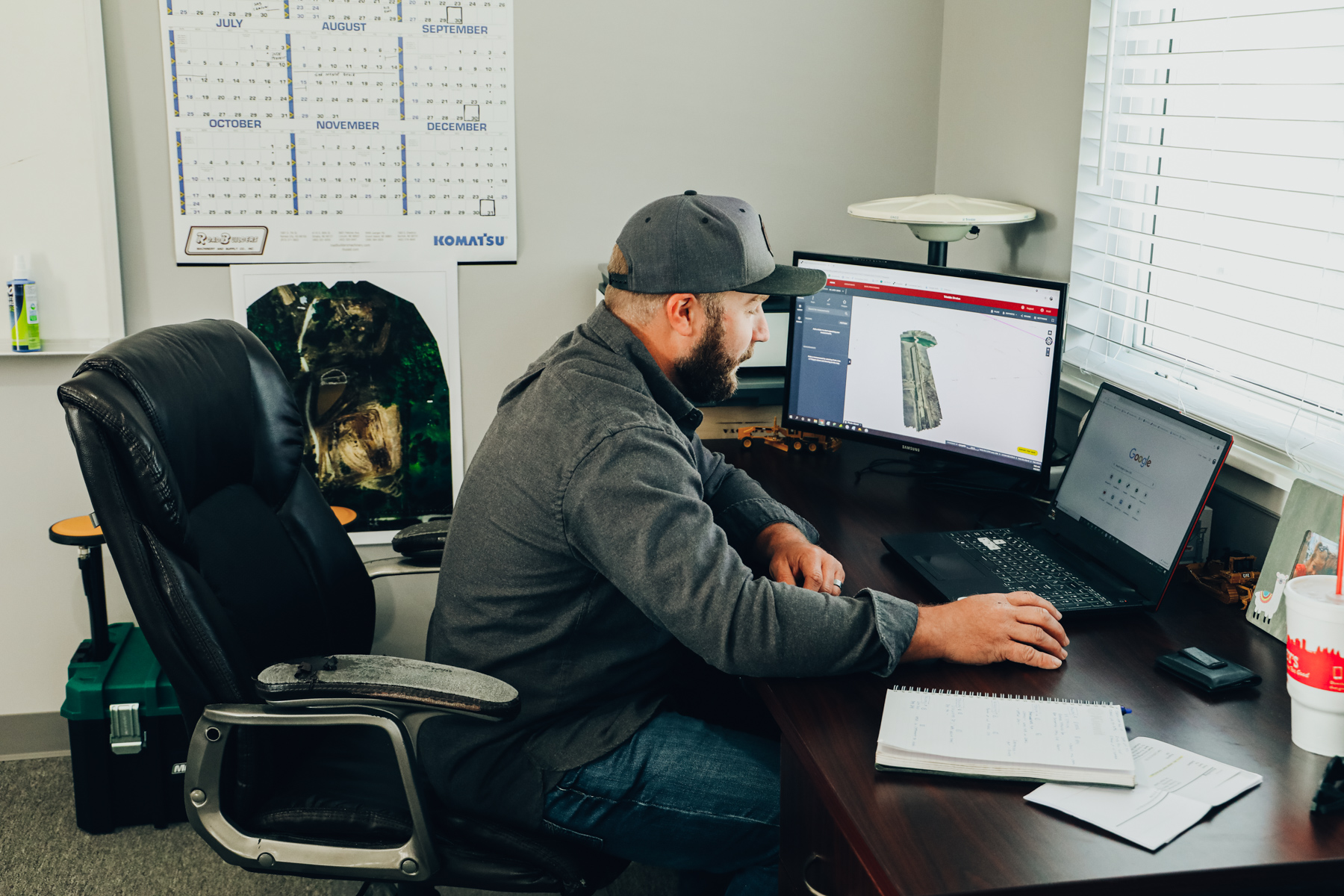The daily grind on a construction site is no joke. Even with technology disrupting the entire industry, the role of data collectors remains a critical decision when it comes to accurately surveying everything from your spoil mounds to bridge alignments and road levels.
Compared to the field notebooks of the past, a data collector gives you much more freedom and drastically speeds up the data capturing process. This is critical when one team needs accurate field data from a completed task before proceeding with their own work.
Surveyors are the gatekeepers of the project schedule and more are looking to use their own mobile devices to gather their information. However, is this a good idea to allow a Bring Your Own Device (BYOD) policy for the surveying team on site?
Let’s look at the benefits and drawbacks of using Windows or Android as your data collector.
Using Windows or Android as a Data Collector
The rise of mobile apps and powerful computing devices that fit into the palm of your hand is changing how workers access and interact with their business data every day. From the humble palm pilot to today’s powerful tablets, teams now have access to critical data from almost anywhere.
Similarly, surveyors can now set up their own forms for field reports in the office and load them onto a data collector app for improved efficiency. There is also a change in how you collect field data using a Real-Time Network (RTN) over a UHF base station. Subscription providers like OPUS and DPOS are vital tools used to correct geographical data from GNNS and GPS systems.
The data collectors offered by manufacturers often have the capabilities built into the system but can only operate with the proprietary equipment from a specific OEM.
What Data Collectors Apps are Available
Today, more and more surveyors want the freedom that comes with a smartphone or tablet. The creation of data collector apps means you can download and set up your own forms and fields according to your site-specific needs.
Some of these data collector apps include:
- Device Magic – Available on web, Android, and iOS devices the app lets you push new data to all related devices and create custom data fields and forms.
- Fulcrum – Based on Google Maps, Fulcrum can use geographic information from satellites, base maps, or hybrid terrain maps (also available on web, iOS, and Android).
- Magpi – In situations where manually entering data is a challenge, Magpi provides Interactive Voice Response (IVR) forms that allow surveyors to record field data in pre-programmed calls.
- J–Mobile – One of the most promising Android-based construction technologies that provide surveying-specific features like lift and tilt, sky plot, and file management (import/export).
Challenges with Using Data Collector Apps
This list is not extensive and you find more apps from here. However, most engineers will use AutoCAD or Bentley as their design tool. Transferring data from these environments onto a custom Android or Windows form may prove challenging when configuring the app for use in the field.
Moving data back to the design environment, including verifying the data once you update the CAD models may be just as challenging. Avoiding the need for any rework should be a priority when testing out a data collector app before deploying it for field use.
Another challenge with using data collector apps on a standard smartphone is the accuracy of each survey point. The compass and level calibration required for accurately mapping a site will mean you should probably look for a rugged phone that comes with built-in calibration features.
The Next Evolution of Data Collectors
Each construction project faces unique challenges. The latest innovations in data collectors mean these tools have more processing power and memory, many already coming with a suite of smartphone features.
Advances in mobile technology like 5G networks are reshaping how construction teams set up and operate their survey systems. More apps that integrate with geo-based data providers will become available while manufacturers build rugged phones to operate as GNSS receivers. You can automate more of your data collection tasks with a host of the most popular data correction services.
Ultimately, you’ll need to decide which data collector is right for your project and how much efficiency it will add to your teams.
Trust the Construction Technology Experts with Your Survey Data Collection
Surveyors are often the first resources to attend to the site and the last to remain for the as-build and verification stages of the project closeout. How you support these resources during their fieldwork can have a drastic impact on your project’s success. If you want to empower your team with the latest construction technologies, it’s better to get the best advice from experts before making a decision.
At Construction Technology Partners, we work with customers that need innovative solutions for historical challenges. We provide a host of automated system platforms and technologies that you can use to speed up your project delivery.
To discuss your needs with a team of construction technology experts, reach out to CTP today.

